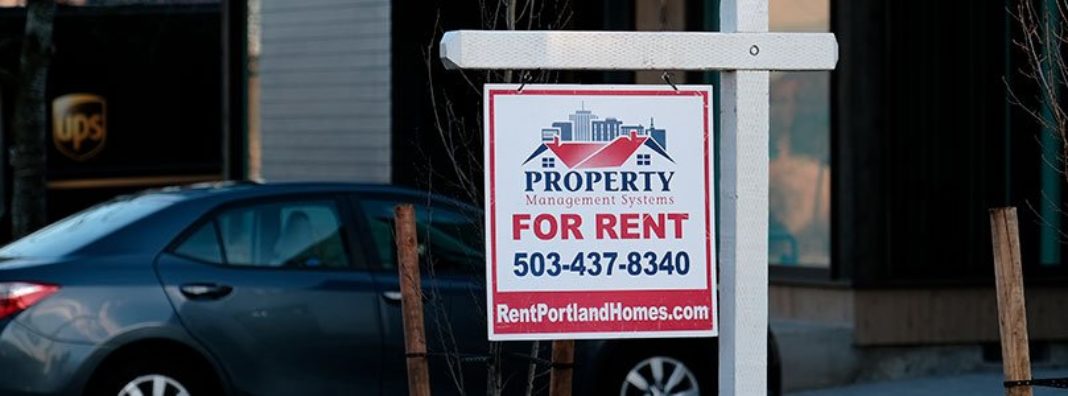
While much attention over Democratic Rep. Alexandria Ocasio-Cortez’ Green New Deal has focused on the mystery of the disappearing website FAQ, its call to arms against flight travel, and the dangers of bovine flatulence, one of its more overlooked pillars is already impacting state-level policy debates across the country: the push for universal “safe, affordable, adequate housing.” In fact, Oregon is now on the cusp of becoming the first state to impose statewide rent control. A new bill that just passed through the Oregon Legislature would cap rent increases at inflation plus 7 percent and also ban most “no-cause” evictions for people who have lived in a property for at least a year. Unfortunately, research strongly suggests that these “protections” are more likely to reduce access to affordable housing and create greater dysfunction in Oregon’s rental market.
It’s no coincidence that Oregon is the first state to make this move. After all, Oregon has led the nation over the past four years in rental price growth. According to data from Zillow, rents have gone up by 9.4 percent for the nation as a whole but by a whopping 21.6 percent in Oregon. What’s more, the pace of rent increases has been fastest in the bottom segment of the market where housing is supposed to be the most affordable. Rent for these properties has risen by 24.6 percent in Oregon since 2014 compared to 14.3 percent at the top end of the market.
In light of these staggering statistics, it is no surprise why lawmakers in Oregon are pushing for measures to improve affordability. However, good intentions are no substitute for sound policy design, and few policies fail this test worse than rent control. As in any market, high prices indicate scarcity, and high rent is no exception. What it indicates is that Oregon’s housing stock is failing to keep pace with its rapid population growth. Simply dictating what prices “ought” to be does nothing to increase needed supply, and in fact, an abundance of research shows that rent control does just the opposite.
For example, recent work by Stanford economists Rebecca Diamond, Tim McQuade and Franklin Qian shows that rent control has actually accelerated gentrification in San Francisco and caused landlords to reduce the supply of rental housing supply there by 15 percent. This lack of residential investment produces shortages and waitlists, and reduces the incentive for landlords to conduct maintenance by limiting how much rent they can charge.
Even worse, these unintended consequences of rent control are likely to disproportionately hurt the most vulnerable residents. In the absence of rent control, landlords who mistreat their tenants at least face the risk that people may move out and leave bad ratings that make it more difficult to attract new occupants. However, by shutting down market forces and exacerbating scarcity, rent control gives landlords the power to decide who gets off the waitlist and hurts the very consumers it purports to protect by discouraging investment in housing supply.
Thankfully, there are alternatives that have been shown to actually increase housing affordability. The most promising avenue is to reform zoning and land use regulations. Not only does stringent zoning inflate housing costs, but two recent studies have shown the collateral damage it imposes on overall economic performance. In one study, economists Chang-Tai Hsieh and Enrico Moretti from the University of Chicago and Berkeley, respectively, show that housing supply restrictions have lowered cumulative economic growth by nearly 40 percent since the mid-1960s. In another, Nobel Prize winner Ed Prescott, University of Minnesota economist Kyle Herkenhoff, and UCLA economist Lee Ohanian find that returning land use regulations in just California and New York to their 1980 levels would substantially increase the size of the economic pie for the country as a whole.
Given the research on rent control’s potential to hurt the poorest without making housing any more affordable, Oregon’s policymakers should stop viewing high prices as the culprit. Instead, research suggests that it’s the housing shortage that drives prices up and out of the reach of many we want to help. Policies that increase the supply of housing, like relaxing zoning restrictions and encouraging mixed-use development, are two more promising alternatives that the state should consider.


 Daily Republic News
Daily Republic News